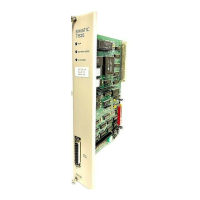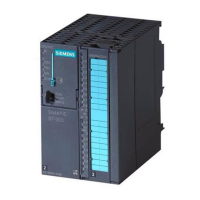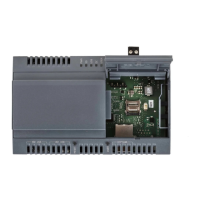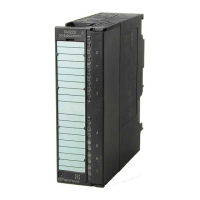Configuration
3.6 Serial interface
Configuration - DNP3
46 Configuration Manual, 11/2018, C79000-G8976-C508-01
●
Max. allowed disruption time
Only configurable with: TIM 3V-IE DNP3 / TIM 4R-IE DNP3
Tolerance time for a detected connection problem with the CPU.
If there is still a disruption on the connection when the set time has elapsed, the
disruption is signaled to all connection partners of the disrupted station.
Default setting: 0. Permitted range: 0...255 s
With the setting 0 (zero), the function is disabled.
●
Ratio "Polling / Spontaneous"
Can only be configured with TIM 3V-IE DNP3 / TIM 4R-IE DNP3 for interfaces with the
network node type "Master station".
Max. number of spontaneous frames that can be sent from a master station between two
calls.
Default setting: 0
Permitted range: 0...255. With the setting 0 (zero), the function is disabled.
The value 1 is set permanently for the network node types "Station" and "Node station".
●
Stations per polling sub-cycle
Only configurable with: TIM 3V-IE DNP3 / TIM 4R-IE DNP3
Only for interfaces with the Network node type "Master station".
Number of stations that can be called in the sub-cycle per polling cycle of the master
station.
Default setting: 0
Permitted range: 0...255. With the setting 0 (zero), the function is disabled.
Only configurable with: TIM 3V-IE DNP3 / TIM 4R-IE DNP3
●
Defines the form of transfer of events.
– Type-specific
This is the bundled transfer of events according to data types typical for DNP3. First
the existing binary events are sent, then all analog values and finally all counted value
changes. This makes the frames somewhat more compact and transmission more
efficient.
– Chronological
In this mode, events are transmitted strictly chronologically. The optimizing effect of
grouping into blocks of the same data type as described in the DNP3 specification
(see above) is lost. This mode is primarily intended for control systems that archive
events strictly chronologically.

